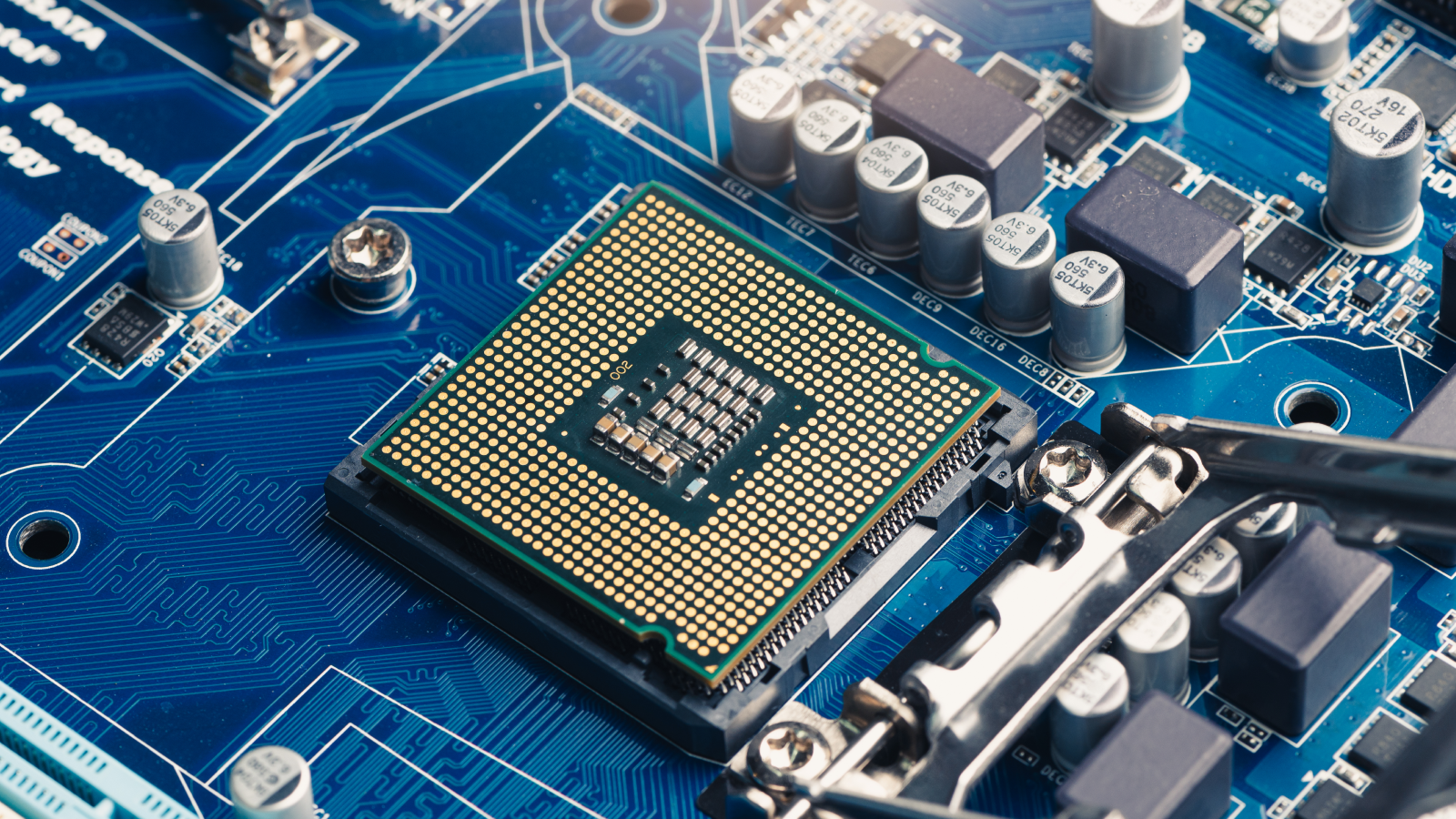“The new device is built from arrays of resistive random-access memory (RRAM) cells… The team was able to combine the speed of analog computation with the accuracy normally associated with digital processing. Crucially, the chip was manufactured using a commercial production process, meaning it could potentially be mass-produced.”
Article is based on this paper: https://www.nature.com/articles/s41928-025-01477-0
It uses 1% of the energy but is still 1000x faster than our current fastest cards? Yea, I’m calling bullshit. It’s either a one off, bullshit, or the next industrial revolution.
EDIT: Also, why do articles insist on using ##x less? You can just say it uses 1% of the energy. It’s so much easier to understand.
I mean it‘s like the 10th time I‘m reading about THE breakthrough in Chinese chip production on Lemmy so lets just say I‘m not holding my breath LoL.
They’re real, but they aren’t general purpose and lack precision. It’s just analog.
For the love of Christ this thumbnail is triggering, lol
Why? It’s standard socket in SMOBO design (sandwich Motherboard).
(x) Doubt.
Same here. I wait to see real life calculations done by such circuits. They won’t be able to e.g. do a simple float addition without losing/mangling a bunch of digits.
But maybe the analog precision is sufficient for AI, which is an imprecise matter from the start.
Wouldn’t analog be a lot more precise?
Accurate, though, that’s a different story…
No, it wouldn’t. Because you cannot make it reproduceable on that scale.
Normal analog hardware, e.g. audio tops out at about 16 bits of precision. If you go individually tuned and high end and expensive (studio equipment) you get maybe 24 bits. That is eons from the 52 bits mantissa precision of a double float.
The maximum theoretical precision of an analog computer is limited by the charge of an electron, 10^-19 coulombs. A normal analog computer runs at a few milliamps, for a second max. So a max theoretical precision of 10^16, or 53 bits. This is the same as a double precision (64-bit) float. I believe 80-bit floats are standard in desktop computers.
In practice, just getting a good 24-bit ADC is expensive, and 12-bit or 16-bit ADCs are way more common. Analog computers aren’t solving anything that can’t be done faster by digitally simulating an analog computer.
What does this mean, in practice? In what application does that precision show its benefit? Crazy math?
Every operation your computer does. From displaying images on a screen to securely connecting to your bank.
It’s an interesting advancement and it will be neat if something comes of it down the line. The chances of it having a meaningful product in the next decade is close to zero.
They used to use analog computers to solve differential equations, back when every transistor was expensive (relays and tubes even more so) and clock rates were measured in kilohertz. There’s no practical purpose for them now.
In cases of number theory, and RSA cryptography, you need even more precision. They combine multiple integers together to get 4096-bit precision.
If you’re asking about the 24-bit ADC, I think that’s usually high-end audio recording.
Look, It’s one of those articles again. The bi-monthly “China invents earth-shattering technology breakthrough that we never hear about again.”
“1000x faster?” Learn to lie better. Real technological improvements are almost always incremental, like “10-20% faster, bigger, stronger.” Not 1000 freaking times faster. You lie like a child. Or like Trump.
This was bound to happen. Neural networks are inherently analog processes, simulating them digitally is massively expensive in terms of hardware and power.
Digital domain is good for exact computation, analog is better for approximate computation, as required by neural networks.
That’s a good point. The model weights could be voltage levels instead of digital representations. Lots of audio tech uses analog for better fidelity.I also read that there’s a startup using particle beams for lithography. Exciting times.
1000x!
Is this like medical articles about major cancer discoveries?
yes, except the bullshit cancer discoveries are always in Israel, and the bullshit chip designs are in china.
1000x yes!
Yes. Please remember to downvote this post and all others that are based on overblown articles from nobody science blogs.
This seems like promising technology, but the figures they are providing are almost certainly fiction.
This has all the hallmarks of a team of researchers looking to score an R&D budget.
sounds like bullshit.
read the paper
The problem is with the clickbait headline (on livescience.com), not the paper itself.
> See article preview image > AI crap CPU > Leaves immediatelyThis already a thing, there’s a US lab doing this
Ya but they just deported all the employees, probably
cool
Edit: I removed a chatgtp generated summary because I thought it could have been useful.
Anyway just have a good day.It was a decent summary, I was replying when you pulled it. Analog has its strengths (the first computers were analog, but electronics was much cruder 70 years ago) and it is def. a better fit for neural nets. Bound to happen.
I appreciate that you wanted to help people even if it didn’t land how you intended. :)
Nice thorough commentary. The LiveScience article did a better job of describing it for people with no background in this stuff.
The original computers were analog. They were fast, but electronics was -so crude- at the time, it had to evolve a lot … and has in the last half-century.











